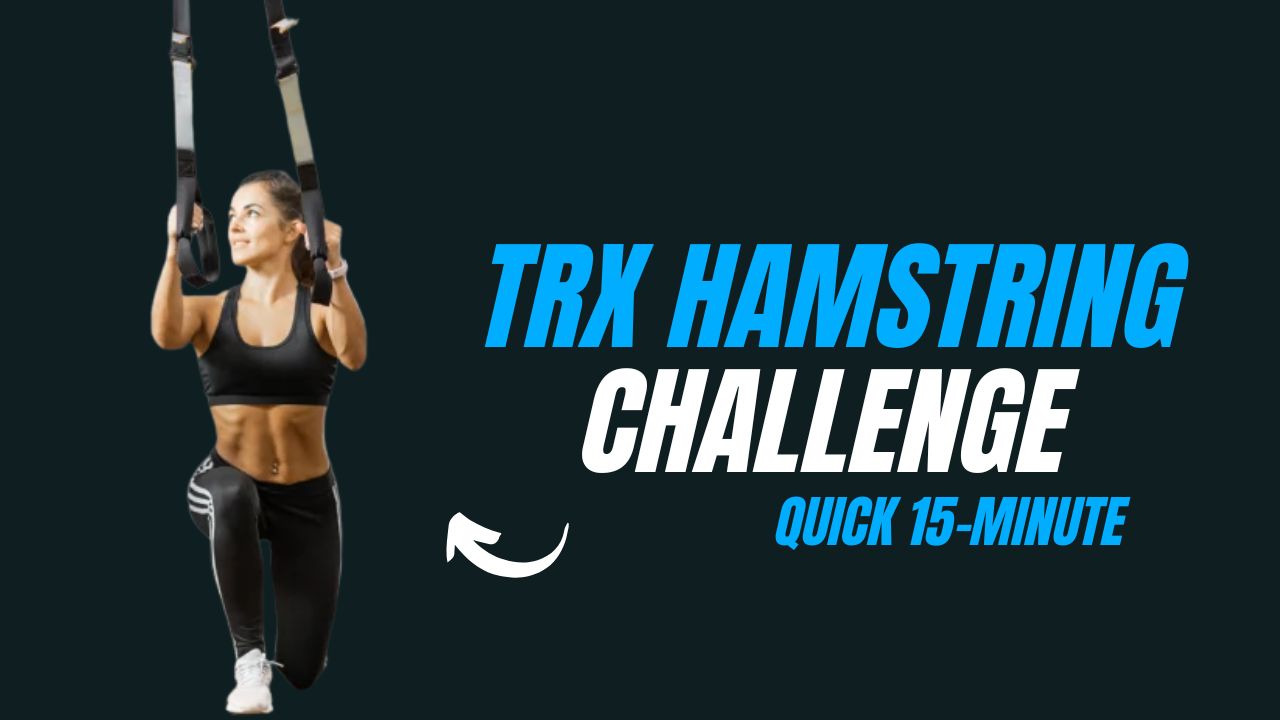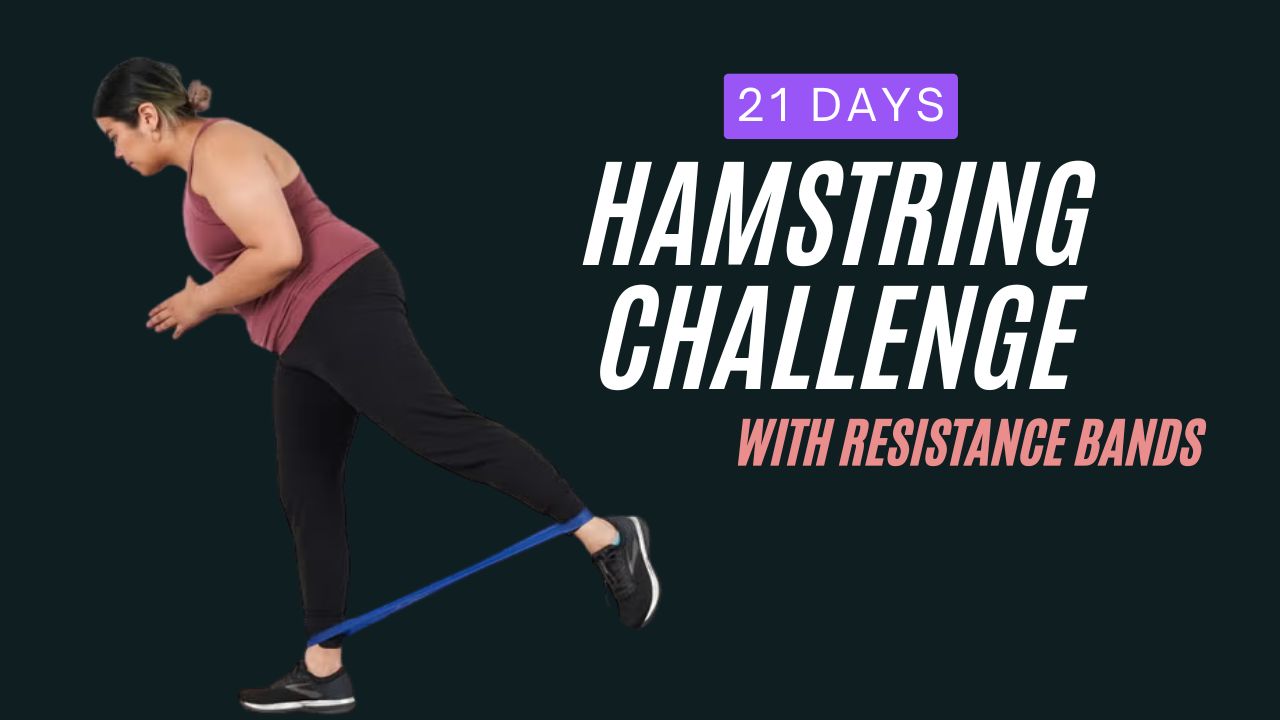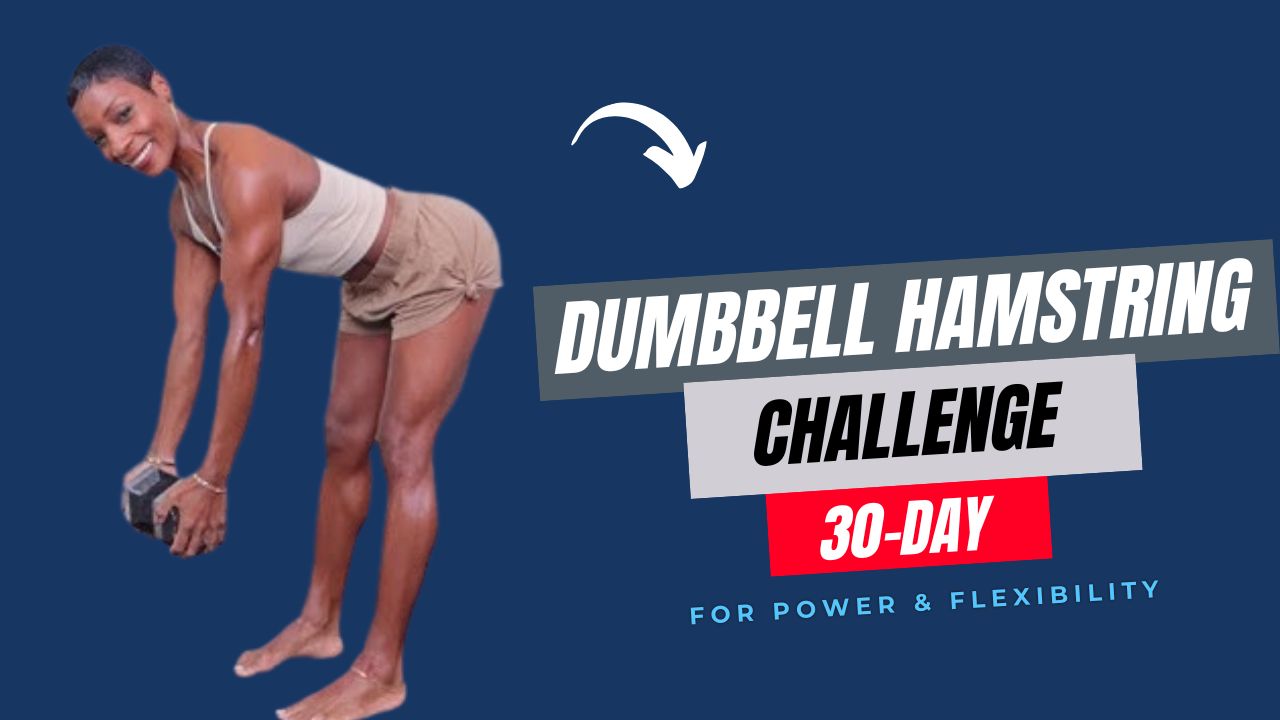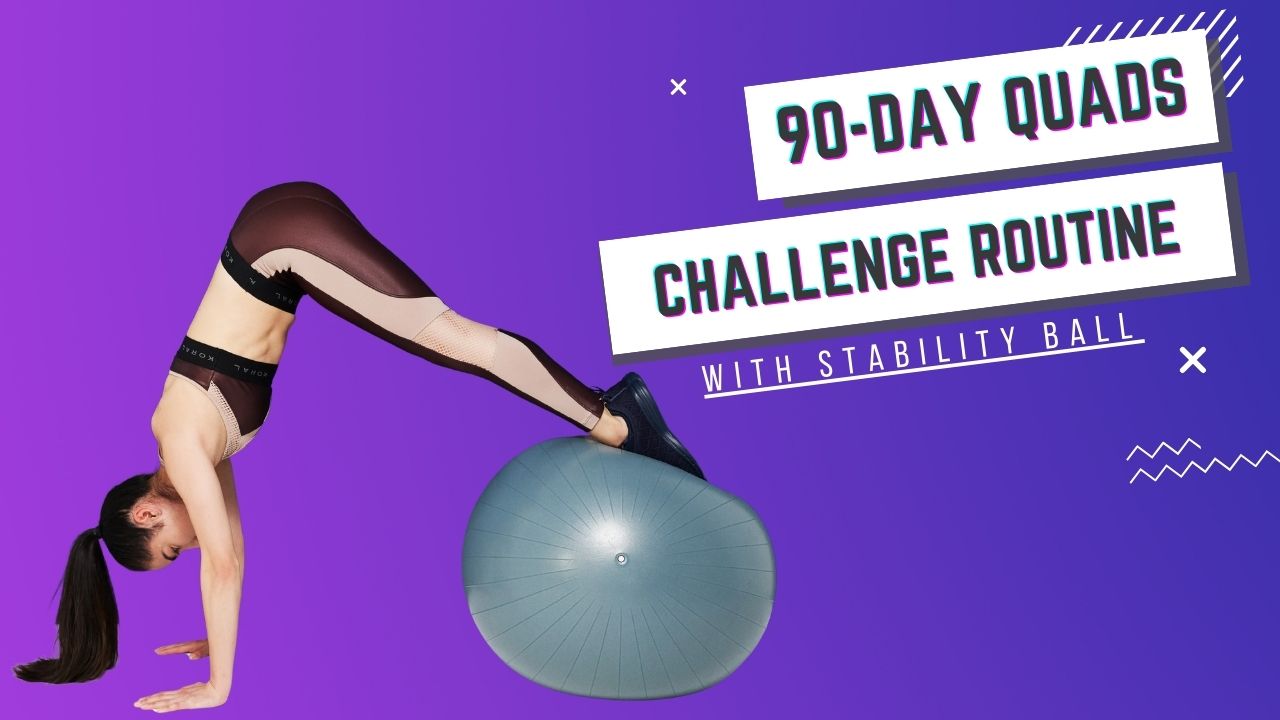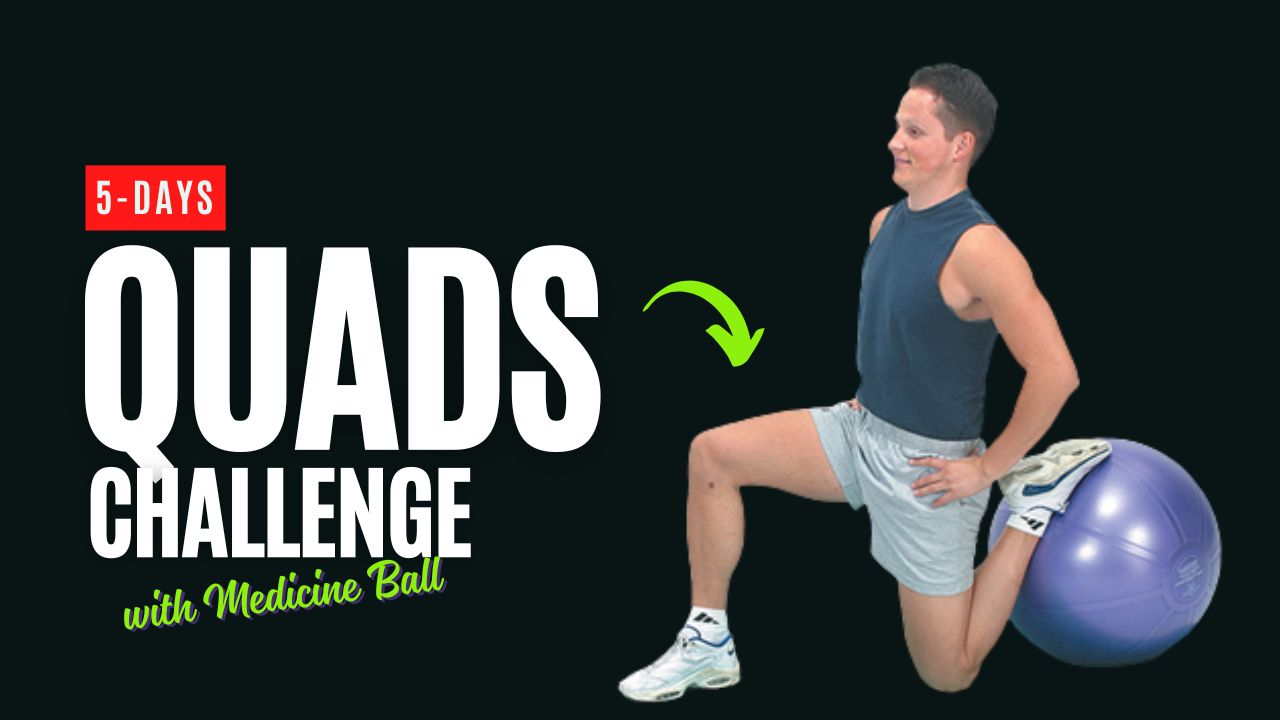Ever wondered why athletes swear by medicine ball training for rock-solid shoulders? Unlike traditional weights, medicine balls engage stabilizer muscles, boost explosiveness, and unlock dynamic shoulder strength.
If you’re tired of the same old dumbbell routine, these nine moves will challenge your shoulders from every angle and leave you feeling stronger, more athletic, and injury-resistant.
Did You Know?
Medicine balls have been used since ancient Greece to improve strength and rehab injuries. They’re not just a trendy gym tool—they’re time-tested for building real-world power!
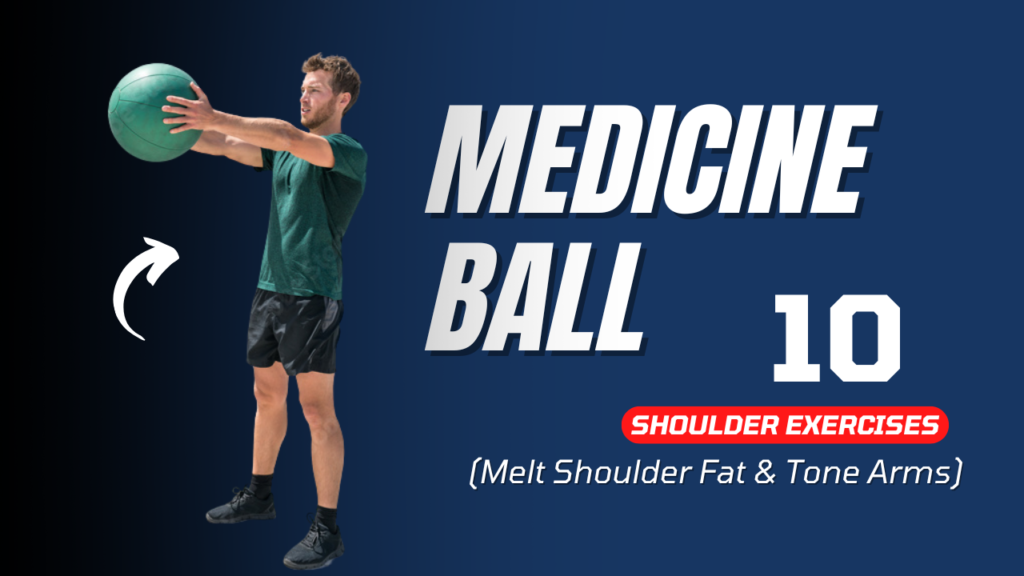
Table of Contents
What Can Happen After 30 Days of These Shoulder Moves
| Positive Changes You’ll Notice | Things to Watch Out For |
|---|---|
| Increased shoulder strength and stability | Overtraining if you skip rest days |
| Better posture and reduced shoulder slouch | Muscle soreness if you don’t warm up or recover properly |
| Improved mobility and range of motion | Strain or discomfort from using improper form or excessive weight |
| Enhanced athletic performance in sports requiring shoulder power | Neglecting balanced training (e.g., ignoring back or chest muscles) |
| Firmer, more defined shoulder muscles | Plateauing progress if you don’t gradually challenge yourself |
| Greater confidence with overhead movements | Repetitive stress if you don’t vary exercises over time |
Do & Don’t for Medicine Ball Shoulder Exercises
| Do | Don’t |
|---|---|
| Warm up your shoulders before starting | Jump straight into explosive moves without preparation |
| Choose a medicine ball weight you can control with good form | Use a ball so heavy it compromises your technique |
| Keep your core engaged throughout the exercises | Arch your lower back or lose posture during lifts and throws |
| Perform movements with controlled speed, especially when lowering the ball | Let the ball drop or bounce out of control |
| Focus on quality reps over quantity | Rush through sets just to finish faster |
| Use a non-slip floor surface to avoid accidents with slams or throws | Train on uneven or cluttered surfaces |
| Rest adequately between sets to maintain form and power | Overdo it by skipping rest, risking shoulder fatigue and injury |
| Listen to your body and stop if you feel pain beyond normal muscle fatigue | Push through sharp pain, which could lead to serious shoulder injuries |
9 Best Medicine Ball Shoulder Moves
1. Medicine Ball Shoulder Press
How to:
- Stand with feet shoulder-width apart, core tight.
- Hold the medicine ball at chest height.
- Press it straight overhead until arms are fully extended.
- Lower under control to chest level.
- Repeat for 10-15 reps.
Benefits: Strengthens deltoids and triceps while improving shoulder stability.
2. Medicine Ball Overhead Slam
How to:
- Raise the ball overhead with arms straight.
- Engage your core and powerfully slam the ball to the floor in front of you.
- Catch on the bounce or pick it up.
- Repeat for 12-15 explosive reps.
Benefits: Develops shoulder power, burns calories, and enhances coordination.
Myth Buster:
Myth: Slams only work your abs.
Reality: They engage shoulders, back, and legs too—making it a full-body power move!
3. Medicine Ball Front Raise
How to:
- Stand tall, ball in both hands.
- Lift the ball straight in front to shoulder height with arms extended.
- Lower slowly.
- Repeat for 12-15 reps.
Benefits: Targets front delts for rounded, well-defined shoulders.
4. Medicine Ball Rotational Throw
How to:
- Stand sideways to a wall about 3 feet away.
- Hold the ball at chest height.
- Rotate your torso explosively and throw the ball against the wall.
- Catch and repeat for 10 reps per side.
Benefits: Improves shoulder mobility and rotational power essential for sports like tennis, baseball, and golf.
Did You Know?
Rotational throws are a favorite among pro athletes because they mimic real-world rotational force, helping prevent shoulder injuries.
5. Medicine Ball Push-Up
How to:
- Place one hand on the medicine ball and the other on the floor in push-up position.
- Lower your chest, keeping your body straight.
- Press back up.
- Switch hands after 8-10 reps.
Benefits: Builds unilateral shoulder strength and improves balance.
6. Medicine Ball Halo
How to:
- Stand or kneel holding the ball with both hands.
- Move it in a circular motion around your head, keeping elbows slightly bent.
- Alternate directions after 8-10 circles each way.
Benefits: Enhances shoulder joint mobility and strengthens stabilizers.
Interesting Fact:
Halos replicate the range of motion your shoulders need for overhead sports and daily tasks.
7. Medicine Ball Lateral Raise
How to:
- Hold the ball with both hands in front of thighs.
- Lift it out to your left side until arms are parallel to the floor.
- Return to center, then to the right side.
- Repeat for 10-12 reps per side.
Benefits: Strengthens lateral deltoids for broader shoulders.
8. Medicine Ball Around-the-World Pass
How to:
- Hold the ball at chest level.
- Pass it in a wide circular motion around your waist, switching hands smoothly.
- Perform 15-20 passes each direction.
Benefits: Improves shoulder coordination, agility, and grip strength.
9. Medicine Ball Reverse Woodchop
How to:
- Start with the ball near your left hip.
- Lift it diagonally across your body to above your right shoulder, rotating your torso.
- Lower back to start.
- Repeat 12 reps per side.
Benefits: Builds powerful shoulders and obliques, great for rotational sports.
Final Thoughts
Integrating these medicine ball shoulder exercises into your routine will fire up new muscle fibers, improve stability, and enhance explosive power—all while breaking free from boring shoulder workouts.
Remember to focus on controlled form, breathe steadily, and gradually increase intensity as you get stronger.
Did You Know?
Training shoulders with medicine balls not only builds aesthetics but also reduces your risk of shoulder impingements and rotator cuff injuries by engaging deep stabilizing muscles.
Frequently Asked Questions (FAQs)
Are medicine ball shoulder exercises safe for beginners?
Yes! Medicine ball shoulder exercises can be safe and effective for beginners if you start with a light ball (2–4 kg) and focus on controlled movements. Always warm up first, and avoid explosive throws until you’ve built proper form and strength.
How often should I do medicine ball shoulder workouts?
For most people, 2–3 times per week is ideal. This frequency allows your shoulders to recover between sessions and helps build strength, stability, and mobility over time.
What size medicine ball should I use for shoulder exercises?
Start with a ball between 2–6 kg (4–12 lbs), depending on your fitness level. The key is choosing a weight heavy enough to challenge you without compromising form.
Can medicine ball exercises replace dumbbell shoulder workouts?
They can complement but not completely replace traditional dumbbell exercises. Medicine balls offer unique benefits like dynamic power and stability training, but dumbbells allow for targeted strength work. Combining both gives you the best results.
Do medicine ball shoulder moves help prevent injuries?
Yes! Medicine ball drills engage stabilizer muscles around your shoulder joint, improving strength and control, which can help protect against common injuries like rotator cuff strains or impingements.
Is it normal to feel sore after doing medicine ball shoulder exercises?
Mild soreness (DOMS) is normal, especially if you’re new to medicine ball training or increased your workout intensity. However, sharp or persistent pain could indicate an injury—if that happens, stop exercising and consult a healthcare professional.
Can I do medicine ball shoulder moves at home?
Absolutely! Most exercises in this routine require minimal space and just a medicine ball, making them perfect for home workouts.
Are medicine ball shoulder exercises good for athletes?
Definitely. Athletes benefit greatly because these moves improve explosive power, shoulder mobility, and rotational strength, all of which are critical for sports like basketball, baseball, tennis, and swimming.





